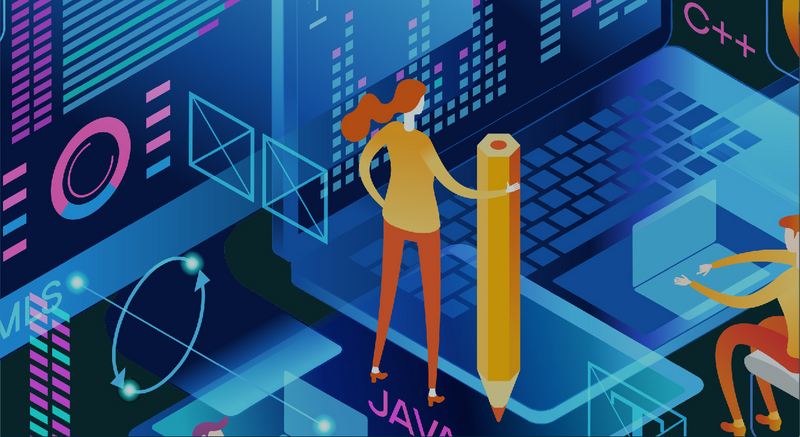ATD Blog
How Technology Has Changed the Way We Learn
Mon Apr 05 2021

Technology has fundamentally changed the way we learn. Just think of the progression: from abacuses to smartphones, from chalkboards to laptops, and from trawling through libraries to searching Google in an instant. In many ways, learning today barely resembles learning 50 years ago.
Far from just changing the learning environment and the learning tools that we rely upon, technology has also changed how we process information on a neurological level. While this may sound alarming, it is a natural evolution that L&D professionals must strive to understand. After all, if we want to offer the most engaging learning strategies and the most up-to-date e-learning technologies, we must understand how people learn.
Let’s dig deeper to see how this has occurred.
Gen Z’s Content Filter
Gen Z provides the clearest example of technology changing the way we learn. Members of Gen Z have grown up immersed in technology. As a result, the average attention of a Gen Zer has shrunk to eight seconds compared to 12 seconds for millennials.
According to a study by Altitude, Gen Zers have developed sophisticated, eight-second “content filters.” Because they have grown up with access to so many platforms and so much information, Gen Zers have evolved to know how to quickly assess large quantities of information. As such, they excel at judging what is worthy of their attention and what isn’t. Members of Gen Z process information differently due to their relationship with technology and use these content filters to filter out irrelevant information and home in on things that matter to them.
Reorganizing Our Brains
A 2008 study by Gary Small, a leading neuroplasticity researcher from University of California, Los Angeles, reinforces the idea that technology fundamentally changes the way we learn and process information.
We already know that our brains are capable of reorganizing and forming new neural pathways due to neuroplasticity. Small’s experiment sought to prove that technology has a similar effect in reorganising our brain chemistry. To do this, he put a group of “internet naive” people into an MRI machine to observe their baseline brain activity while they browsed the internet. Following this, he asked participants to browse the internet for an hour a day for the next week.
When participants returned to the MRI machine after a week, Small observed that “those subjects now toted brains that lit up significantly in the frontal lobe, where there had been minimal neural activity beforehand.”
According to Wired, “neural pathways quickly develop when we give our brains new tasks, and Small had shown that this held true—over the course of just a few hours, in fact—following internet use.”
The “External Brain”
Technology has also had a significant impact on our memories. After all, why would you waste precious brainpower memorizing a phone number when you can store it in your phone instead? Researchers have dubbed this phenomenon “the external brain.”
Several studies prove this external brain theory. For example, Harvard researchers asked participants to memorize a series of statements such as “An ostrich’s eye is bigger than its brain.” Participants were more likely to remember these statements if the researchers told them that they had been erased from the computer. In contrast, participants were more likely to forget these statements if the researchers told them that they had been saved on the computer.
Lessons for L&D
It is indisputable that technology has changed the way we process information. SHIFT e-Learning views these changes through a positive lens, offering several lessons for L&D teams. First, the company suggests changing from individual to collaborative learning to take advantage of external memory.
Further, SHIFT suggests moving from passive to active learning, as access to interactive technologies and a glut of information means “learners are no longer content-receptors merely taking down notes or listening to teachers talk for hours without pause.”
Finally, the company recommends a personalized approach to learning, saying, “It’s extremely crucial to apply different types of instruction to different learners. A flexible and personalized approach to content delivery is a must.”
With memory being outsourced, brains restructuring, and younger learners’ attention at a premium, planning an engaging L&D strategy may feel like an intimidating task. However, it is L&D’s responsibility to adapt and offer learners an experience that suits their current learning needs. Technology has changed the way we learn. Now, L&D must change too.
You've Reached ATD Member-only Content
Become an ATD member to continue
Already a member?Sign In

